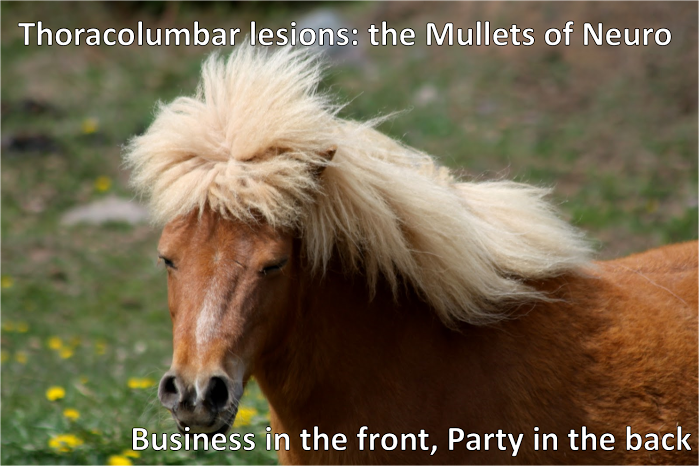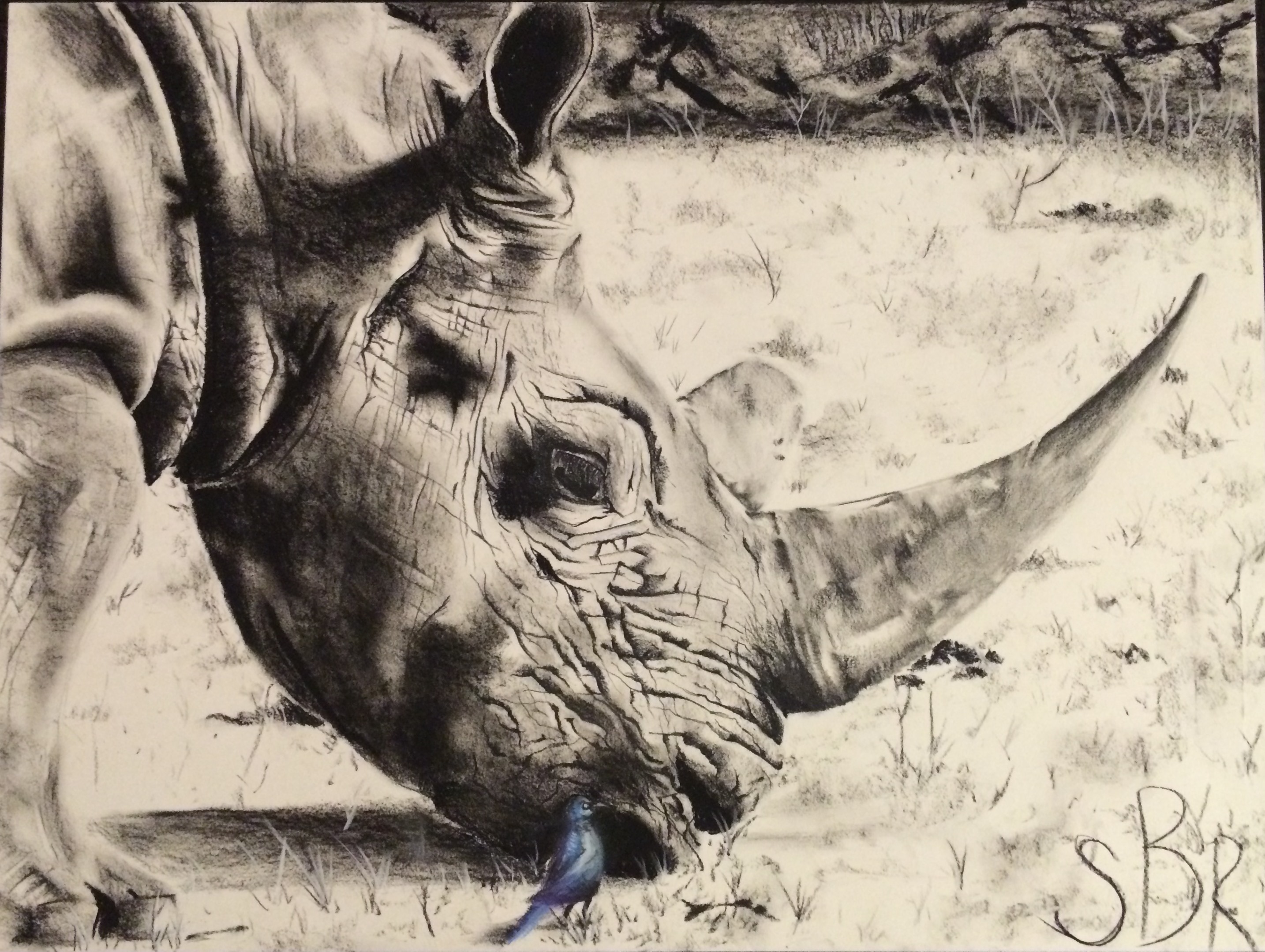Teigen Bond - Atlantic Veterinary College
V:50 I:4 Creative Corner Winner
When You Let Me Go
You have the power to let me go, the privilege to give me one last gift – a tribute to our everlasting bond. When you pick up your car keys in one hand; and reach for my leash with the other, I know that the time has finally come.
I've been ready for this for a while. We both knew it was only a matter of time. Every day it gets harder to breathe, my lungs wet and heavy, weighed down by tumours. I am drowning on dry land, my body rebelling against itself – a civil war where the only casualty will be me.
You open the front door one last time for me, and I wobble unsteadily down the steps towards the car. Good-bye roses, that prick my nose when I sniff you. Good-bye grass and dirt, where I used to dig. Good-bye yard; and house, car and chew bone. Good-bye cat and rope toy and comfy little bed.
I stick my head out the window, feel the sun caress my ears, my tongue tasting the wind, heavy with pollen and asphalt.
I struggle not to trip as I climb the clinic's steps, knowing this is the last time you will see me walk. I don't want you to remember me like this, my body an empty shell of what it used to be. I want you to remember me healthy, my coat and teeth gleaming, my legs flying as I race after a bright red Frisbee. I want you to remember me happy, sleeping beside you on the couch on lazy Sunday afternoons. I want you to remember all the good times we had.
You kneel down before me, petting my head. I stare at your beautiful face, the one I have licked for years. The one that tells me I am a “good boy”, the one that kisses me at bedtime. My tail thumps weakly and I try to smile, remembering how that used to make you laugh. You stare long and hard, etching my face into your memory. You don't have to worry – I know you won't forget. I know I could never forget you, no matter what happens next.
I suck in a breath at the prick of the needle, then sigh at the smooth cool feel of the drugs. My eyes drift closed as the drugs calmly and quietly flow through my veins, pumped around my frail body by my failing heart. If there is life after this, I will wait for you. I will once again sit at the door, waiting for you to walk through it, my leash in my smiling mouth.
You whisper good-bye, and I give you one last kiss. The veterinarian, whom I used to hate so much, now looks like an angel in her starched white coat. I smile at her. I hope you both know how much this means to me. There is no other way that I would rather go. Now surrounded by love I will leave this earth - believe it or not, it is a good day to die.
 Tuesday, May 19, 2015 at 01:00PM
Tuesday, May 19, 2015 at 01:00PM 


 St. George's University,
St. George's University,  Texas A&M,
Texas A&M,  Tufts,
Tufts,  veterinary student meme in
veterinary student meme in  Memes
Memes 



